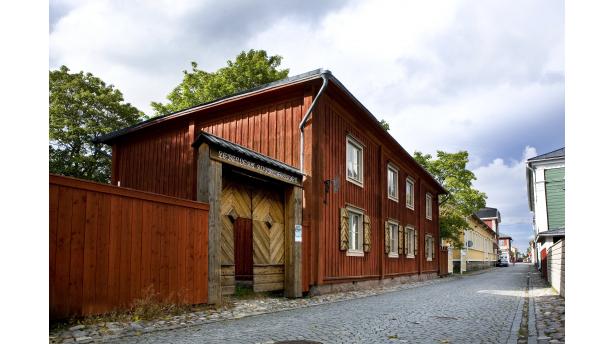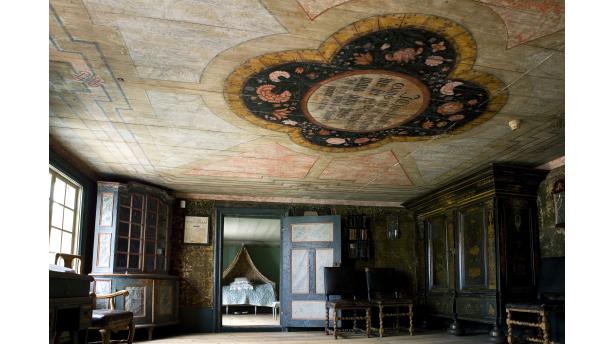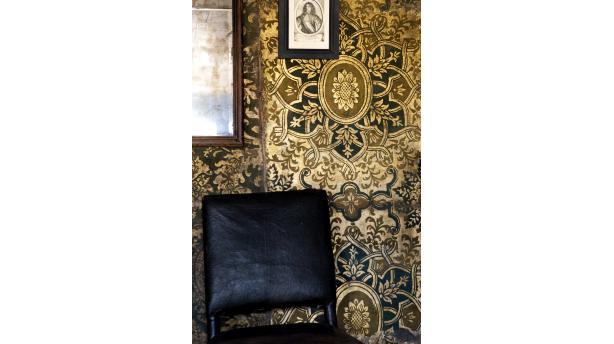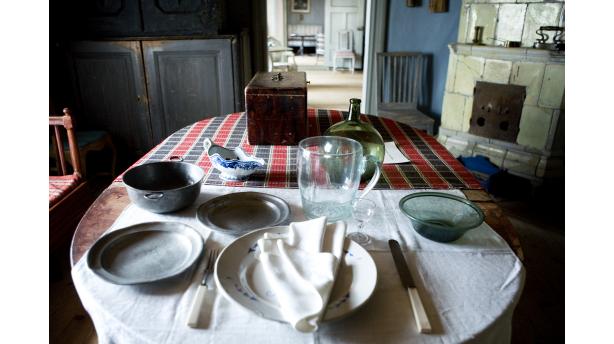Museum A-Ö » Religion and society » Lebell’s Merchant House
Lebell’s Merchant House




Did you know...
There is an old-fashioned ice-cream machine dating back to the 18th century in the museum; it is displayed in the kitchen of the merchant house.
In the atmospheric Lebell’s Merchant House museum the visitor can get acquainted with interiors from the 18th and 19th century, and with an important part in the history of Kristinestad. Some original details of the interiors have survived, and together with the furniture and the utensils and decorative items they create an authentic ambiance in the museum.
The Lebell’s Merchant House is situated in the unique woodhouse milieu of Kristinestad, and it demonstrates how a merchant family lived in a maritime city over 200 years ago. The courtyard is surrounded by outbuildings, one of them a rare example of a salt magazine preserved from the glory days of seafaring.The first merchant house was constructed in the 1720s by Casper Lebell (originally second lieutenant Casimir Subkowski/Kazimierz Zubkowski, born in Grodno, Poland), a Polish war prisoner, who was released and granted the right to trade in Kristinestad. The family’s prestige and wealth increased along with their son, Casper Lebell junior. He became a respected merchant and created a fortune by exporting tar and timber and importing salt. Casper Lebell junior had the current house built in 1762. The house was inhabited by three generations of Lebells and two generations of Holmströms, who married into the family, until the house was devolved into other hands. The Lebell Merchant House has functioned as a museum since 1939.
The elegant and beautiful interiors varying from the 1760s to the 1840s are among the museum’s rarities. When walking through the rooms one can see how the periods following each other also found footing in a small maritime city like Kristinestad, which had many connections abroad. Among others Gustaf IV Adolf has sat on the curved sofa of the large drawing room, and when the Russian tsar Alexander I was received in the city in 1819 he also sat on the same sofa – only in a different house.
The upstairs stately baroque hall with its original ceiling paintings and woven sprinkle wallpaper is one-of-a-kind in Finland. In each slip of the wallpaper is a different design, and the green tile stove is one of the oldest preserved items in Finland. Rococo is represented by the chamber called Lebell’s Vestibule, and there is also a Gustavian style drawing room, an empire drawing room and a biedermeier style chamber.
The intarsia box, the wig block, the tea table, the leather-covered chest, the Dutch tile, the empire furniture, the hand-painted wallpapers and other fascinating objects create a unique ambiance in the museum. One of the oldest items in the museum is the small box made of ebony dating back to the 1670s. Some of the objects probably used to belong to the Lebell and Holmström families, but the majority of them originate from late 18th century and early 19th century and used to belong to the merchant and ship-owner families of the region.
In the summer 18th century theme evenings are organized at the house, for instance Bellman’s visit to Kristinestad, troubadour evenings and plays. Theme exhibitions, e.g. photograph exhibitions, are arranged approximately every other year. Felén’s house from the year 1841 is also on the museum area. Special exhibitions and events can be arranged there.
In Felén’s House are arranged 18th century story evenings, depicting for instance Bellman’s visit to the city, troubadour evenings, theme exhibitions e.g. on old photographs and city plans. At Felén’s House is a summer café. Service during other times can be arranged upon request. The house can be rented for private events.



